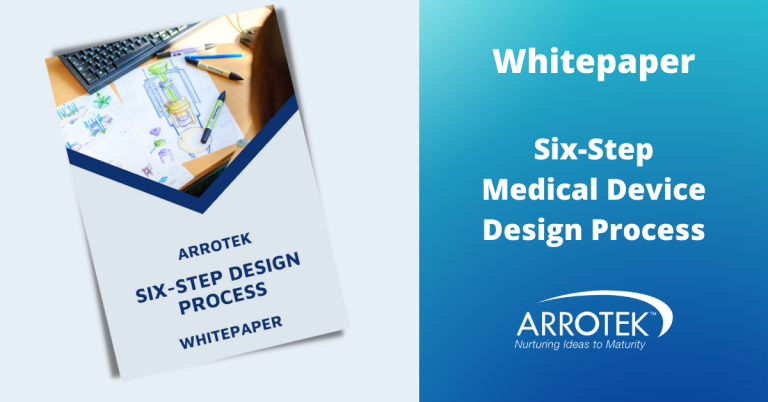Risk management is an essential part of the medical device product design process. It ensures the safety of patients, users, and operators so it’s no surprise that risk management is a regulatory requirement.
Risk management is also essential to the medical and commercial success of the new product you plan to develop.
In terms of the processes and steps required to ensure the proper management of risk, this is part of the Quality System that you need to have in place when designing a medical device product.
In addition to risk management, a Quality System includes management controls, document control, and more.
Risk Management and Getting Regulatory Approval for a New Medical Device
Risk management is a complex part of the regulatory approval process. There are several reasons for this, not least the fact there are many different variables that can impact risk type and severity.
In addition, the analysis of risk is often subjective which means there can be many different interpretations of the same risk.
On the positive side, regulators around the world all use the international standard ISO 14971. This provides a common framework for risk management when designing a new medical device.
How Do You Define a Risk in Medical Device Product Design?
A risk is a combination of two things:
- The probability of a particular event, situation, or outcome occurring
- The severity of the consequences if the above happens
What is Risk Management in Medical Device Product Design?
Risk management in medical device product design involves taking a structured and documented approach to analysing, evaluating, controlling, and monitoring risks.
Why Is Risk Management Important?
We’ve already touched on the essential role risk management plays in the regulatory approval process. However, its importance goes much further than this.
When you are designing and developing a new medical device, you have an obligation to ensure patient safety. You also need to ensure the safety of the operator or user of the medical device product if that person is different from the patient or person getting the benefit.
From a regulatory, moral, and commercial standpoint, this safety must be proven beyond doubt.
The Risk Management Process in Medical Device Product Design
Risk management in medical device product design requires a plan at the beginning which eventually leads to a report at the end. The process in the middle is the most important.
There are four main steps in this process:

- Identify risks
- Evaluate risks
- Control risks
- Monitor the controls
Let’s look at each in more detail.
1. Identify Risks
The types of risks you can identify include:
- Risks in the design of the medical device
- Risks in how the device is manufactured
Both are important. To start with, does the design of the product itself create risks? Hazards the design might present include biological, chemical, or mechanical energy hazards, with vibration being an example of the latter.
What about the manufacturing process? What if parts are assembled incorrectly? What if there is a lack of consistency in a particular manufacturing process? What is the risk of these things occurring and what impact will they have on safety let alone the quality and reputation of the product?
2. Evaluate Risks
Once you identify risks you need to score them. For example, you could assess risk as being high, medium, or low. This will be based on the probability of the risk occurring and how severe the consequences will be.
3. Control Risks
This stage involves putting in place controls to eliminate the risks deemed to be unacceptable. In the classification example of risk above, this could mean developing and implementing controls for risks classed as high and medium.
The control measures you put in place usually fall into one of the following three categories:
- Changing the design of the product
- Changing a manufacturing process
- Implementing protective measures on the product or in the manufacturing process. Examples of this type of control include providing instructions for use or warnings on the label.
4. Monitor the Controls
Monitoring risk management controls starts by verifying the control measures have been implemented. You then need to analyse the effectiveness of the controls. This often means re-evaluating the risk to determine if it is now within an acceptable range (i.e. low risk) or if further mitigation measures are required.
Documentation
Finally, it’s crucially important that all the above steps are properly documented. This means recording all the actions taken in each of the steps as well as the results and decisions.
These records are usually included in the design history file and ensure you not only properly carry out risk management, but that you have documented proof.





